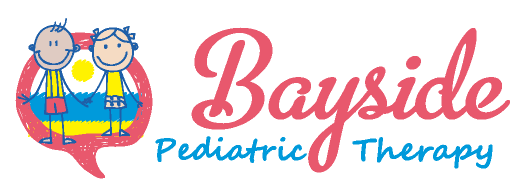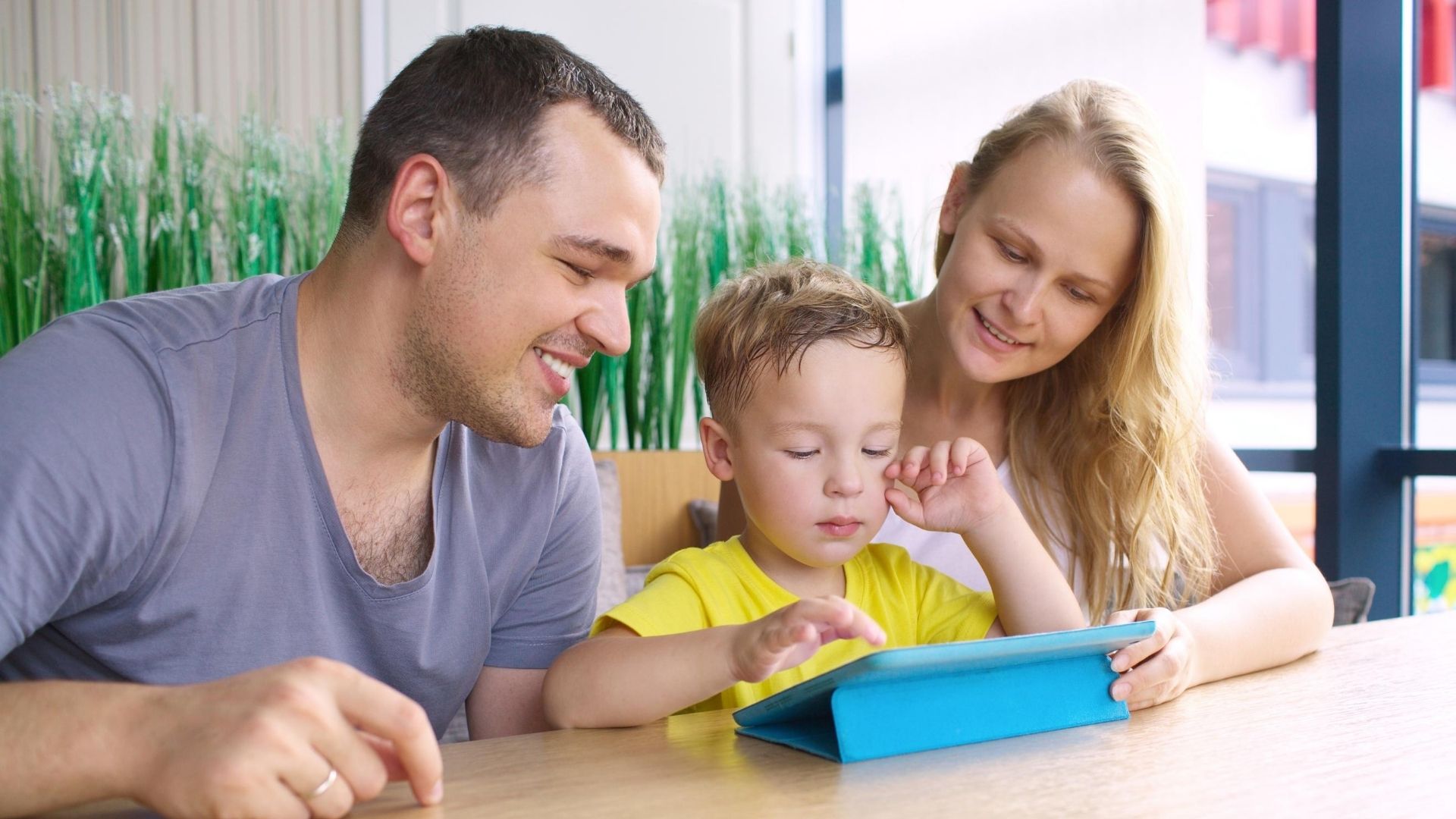The day has arrived! Finally you’ve received your child’s speech generating device (SGD) in the mail. You open the box with anticipation and turn it on. You hand it to your child ready for their world to open, and they throw it on the ground?!?. This is not an uncommon response for several reasons. At home, you have become used to their gestures or just instinctively know what your child wants—which does not include using a “machine.” In fact, they may become irritable when asked to use the device when it interferes with what he/she normally enjoys during this time instead. Also, they may have gotten used to using the device in therapy that differs from the one you just received in the mail. Don’t despair…you can succeed!
The following are some considerations to make using the device more enticing and beneficial at home:
1. Ask your therapist for Advice
Find out from the child’s Speech-Language pathologist what page setting they are using at therapy so what they use at therapy matches exactly what they have at home. Also, if the therapist added a button like their favorite brand of chips to the device at therapy but the one at home doesn’t have it, they will likely become frustrated. I recommend that before using the device, you meet with your Speech Therapist who can set it up best for your child.
2. It’s Not a Vending Machine
You don’t want your child to think of his or her speech generating device as just a vending machine. They don’t just get to press a button for what they want and get it right away. When they ask for a “cookie”, don’t let it end there. Get him or her to tell you what type of cookie, what size, how many, etc. Also, if they’ve had 5 cookies you don’t have to give them a cookie every time! You can and should say “no.”
If you only use the device for requesting “wants”, you and your child are going to get very bored with it. Most kids can tell you what they want by gesturing and pointing. You probably know what they want before they even ask. Don’t let their communication end at requesting. Work on things like protesting, greetings, sharing likes and dislikes, using core words, commenting, and so forth. Think about how boring our lives would be if we only spoke to just ask for things. Communicating and being social is fun, show your child!
3. Know the Device inside and Out
Aided language or modeling is by far the most important thing you can do to increase your child’s language skills! Think about how a baby learns to talk. The baby watches your face and listens and tries to imitate you.
Modeling your use of the device to your child is essential to obtain the best results—which means you have to know the device better than your child does! You need to be able to quickly find words and phrases to model for them how to do the same.
If you’re using an app, download it on multiple devices so your whole family has a copy, or take turns using their device. If you and the people in your child’s life are modeling simple language throughout the day, they will imitate it!
Find a time when your child doesn’t need their device, like after they go to bed. Have your family practice a “no talking time.” Everyone will quickly learn where important words and phrases are.
Remember recommendation #2 above, don’t just focus on words to request. If you’re going to the store you can model phrases like: get our car, go in, get food, yummy strawberries, don’t want broccoli, like cookies, goodbye. If you are excited about using it, they will be too! When modeling, use Core Words, the 300-400 words we use 80% of the time in the English language (i.e. open, put, the, it, that, on).
4. Mistakes are a Great Way to Learn
Don’t correct mistakes when your child’s learning to use their device. Mistakes are the best learning tool! When a baby is learning to talk they may mistakenly babble “mama.” Their mom, of course, reacts and points to herself “Yes, I’m your mama.” The baby likes her reaction so continues to say “Mama.” The baby learns that “Mama” means their mom just by mom’s reaction.
When your child wants to say “more” but mistakenly says “clap,” start clapping! Think about if a verbal child said “clap” out of nowhere, how would you react? You would clap! Or look at them questioningly and ask “Why are you asking me to clap right now?”. Your reaction should be the same when they say it on the devices. This will build their vocabulary. Don’t let these mis-hits be mistakes but opportunities to teach them new language.
5. Make it Fun!
Humor! Most kids love to be funny. One of my favorite things to teach a child is how to “feel words.” For example, I touch “sad” on the device and I pretend to cry. Then I might do “happy” and start hysterically laughing. This may surprise the child, but they think it’s kind of funny. They start exploring other feeling words to see what kind of reaction I may have.
Many devices have joke pages where they can learn to tell jokes. This draws them into using the device and teaches them communicating is fun!
Some kids easily figure out how to use speech generating devices quickly , while others take more time. Don’t be anxious if your child is hesitant or frustrated when using the device at first. Have it casually laying out and available at all times and continue to model on it. It should be a positive thing in your child’s life and not a chore. Every child is different, so ask your SLP what specifically you can do with your child to increase their usage at home.

